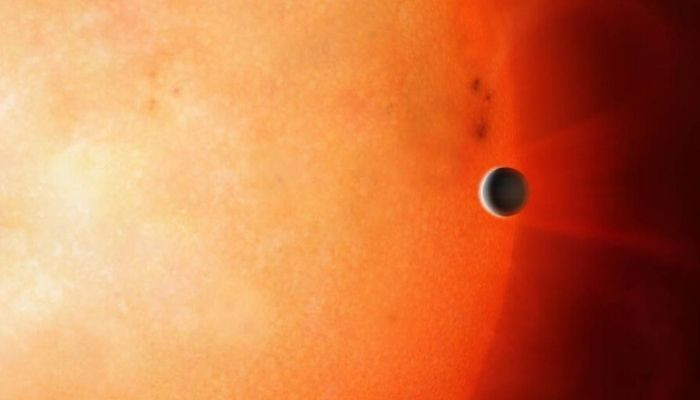+10 °C, +10 °C ... +26 °C Tomorrow:+25 °C

We verified the stellar rotation period by calculating the generalized autocorrelation function (G-ACF) of the NGTS photometric time series (Kreutzer et al., in preparation). The ACF is a proven method for extracting stellar variability from photometric light curves (as in McQuillan, Mazeh & Aigrain 2014), and this generalization allows analysis of irregularly sampled data. This method has been used on NGTS data to successfully extract rotation periods from a large numbers of stars within the Blanco 1 open cluster (Gillen et al. 2019).We first binned the time series to 20 min, giving 2432 data points. As the G-ACF does not return an error on the rotation period directly, we employ a bootstrapping technique. We randomly select 2000 data points from the binned NGTS time series and run the G-ACF analysis. This was repeated 1024 times, giving a rotation period and error of 17.290 ± 0.008 d, where the error is the standard deviation in the periods from the 1024 runs, divided by 1024−−−−√1024. |
MAMUL.am - News from Armenia, Artsakh (Nagorno-Karabakh) and the world
Republication or redistribution of MAMUL.am content is expressly prohibited without the prior written consent.
Address: 1 Charents str., Yerevan, Republic of Armenia.
Tel.: +374 (10) 55-20-59
E-mail: info@mamul.am
Tel.: +374 (91) 99-22-02
E-mail: marketing@mamul.am

























